Collection: Shop New Arrivals
-
MOSKOVA BOXER M2 Cotton (Small-XXLarge) Heather Sand
Vendor:MOSKOVARegular price $42.00 USDRegular price -
MOSKOVA BOXER M2S Polyamide Small-XLarge Fishbone
Vendor:MOSKOVARegular price $42.00 USDRegular price -
MOSKOVA BOXER Heather Small-XLarge Cotton Bordeaux
Vendor:MOSKOVARegular price $42.00 USDRegular price -
MOSKOVA BOXER M2 Polymide Small-XLarge Summer Camo
Vendor:MOSKOVARegular price $42.00 USDRegular price -
MOSKOVA BOXER M2 Polymide Small-XXLarge Tropical Black
Vendor:MOSKOVARegular price $42.00 USDRegular price -
MOSKOVA BOXER M2S Polyamide Small-XXLarge Red Jap Carpe
Vendor:MOSKOVARegular price $42.00 USDRegular price -
MOSKOVA BOXER M2S Polyamide Small-XXLarge Black Camo Gold
Vendor:MOSKOVARegular price $42.00 USDRegular price -
MOSKOVA BOXER M2 Cotton (Med-XLarge) Heather Turquoise
Vendor:MOSKOVARegular price $42.00 USDRegular price -
MOSKOVA Boxer M2 Cotton - Heather Charcoal
Vendor:MOSKOVARegular price $42.00 USDRegular price -
MOSKOVA Boxer M2 Cotton - Tom Camo
Vendor:MOSKOVARegular price $42.00 USDRegular price -
MOSKOVA Boxer M2 Cotton - Peach Pine
Vendor:MOSKOVARegular price $42.00 USDRegular price -
Aloha Days Sweater Box Logo LTD. Made in Hawaii (Small-XLarge) Black
Vendor:ALOHA DAYSRegular price $80.00 USDRegular price -
Aloha Days T-Shirt Box Logo LTD. Made In Hawaii (Small-XXLarge) Navy
Vendor:ALOHA DAYSRegular price From $48.00 USDRegular price -
HawaiianSouthShore TWIN BOARD Made in Hawaii S-2XL White
Vendor:HawaiianSouthShoreRegular price $40.00 USDRegular price -
HawaiianSouthShore T-Shirt 1996M Made in Hawaii (Small-XLarge) Gold
Vendor:HawaiianSouthShoreRegular price $35.00 USDRegular price -
HawaiianSouthShore T-Shirt SURFPOINT Made in Hawaii S-2XL Black
Vendor:HawaiianSouthShoreRegular price From $30.00 USDRegular price -
HawaiianSouthShore T-Shirt SURFPOINT Made in Hawaii (Small-2XLarge) Navy White
Vendor:HawaiianSouthShoreRegular price From $30.00 USDRegular price -
HawaiianSouthShore Hoodie 1996 (Small-2XLarge) Navy
Vendor:HawaiianSouthShoreRegular price From $80.00 USDRegular price -
FCS II TWIN SET Harley Ingleby HIBT Performance Glass (Large-XLarge) Red
Vendor:FCSRegular price $128.00 USDRegular price -
FCS II QUAD SET Harley Ingleby HIBT Performance Glass Large Smoke
Vendor:FCSRegular price $208.00 USDRegular price -
Vertra Spray Coconut Vanilla SPF50
Vendor:VERTRARegular price $20.00 USDRegular price -
Vertra Face Stick Sunscreen SPF 38 Shane Dorian Kona Gold
Vendor:VERTRARegular price $24.00 USDRegular price -
Firewire BOSS UP 5-Fin (6'6-7'6) Futures Ibolic
Vendor:FIREWIRERegular price From $960.00 USDRegular price -
Firewire DOMINATOR 2.0 5-Fin (5'2 - 6'10) Helium Futures
Vendor:FIREWIRERegular price From $935.00 USDRegular price -
Firewire REVO MAX Twin Fin (6'0-7'0) Ibolic Volcanic Futures
Vendor:FIREWIRERegular price From $1,025.00 USDRegular price -
Firewire BOSS UP 5-Fin (6'6-7'6) Ibolic Volcanic Futures
Vendor:FIREWIRERegular price From $1,025.00 USDRegular price -
FIREWIRE SWEET POTATO 5-Fin (5'2-6'4) Volcanic Futures
Vendor:FIREWIRERegular price From $1,025.00 USDRegular price -
Firewire TJ Pro Mid (7'2 - 8'0) Ibolic Volcanic Futures
Vendor:FIREWIRERegular price From $1,120.00 USDRegular price -
HawaiianSouthShore T-Shirt TOWER Made in Hawaii (Small-XLarge) White
Vendor:HawaiianSouthShoreRegular price $35.00 USDRegular price -
HawaiianSouthShore T-Shirt TOWER (Small-XLarge) Hawaiian Blue
Vendor:HawaiianSouthShoreRegular price $35.00 USDRegular price -
Harley Ingleby MID 6 Five Fin (6'4-7'10) Thunderbolt Black FCS II
Vendor:HARLEY INGLEBY SERIESRegular price From $1,240.00 USDRegular price -
Ben Skinner Skindog OG Double Scoop (9'4"-9'6") Thunderbolt Silver
Vendor:THUNDERBOLTRegular price From $1,520.00 USDRegular price$1,520.00 USDSale price From $1,520.00 USD -
Firewire THRUSTER Endorfins KSR (Medium-Large) White
Vendor:FIREWIRERegular price $130.00 USDRegular price -
Firewire Taylor Jensen Hull Rider 2+ 1 Fin (9'0 - 9'6) Helium Futures
Vendor:FIREWIRERegular price $1,510.00 USDRegular price -
FIREWIRE MASHUP 5-Fin (5'2-6'6) Volcanic Tech White Futures
Vendor:FIREWIRERegular price From $1,025.00 USDRegular price -
Firewire MASHUP 5-Fin (5'2-6'6) Helium Futures
Vendor:FIREWIRERegular price From $935.00 USDRegular price


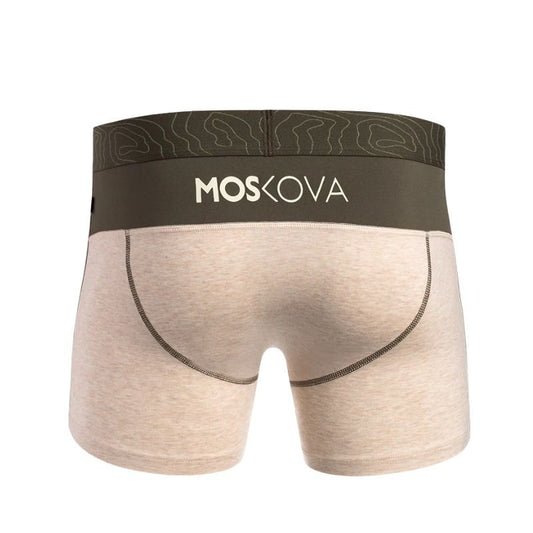
![MOSKOVA BOXER M2S Polyamide Small-XLarge Fishbone - CLOTHING - [Surfboards Surf Shop and Clothing Boutique Honolulu]](http://www.hawaiiansouthshore.com/cdn/shop/files/moskova-moskova-boxer-m2s-polyamide-small-xlarge-fishbone-clothing-s-43147981717816.png?v=1740103638&width=533)
![MOSKOVA BOXER Heather Small-XLarge Cotton Bordeaux - CLOTHING - [Surfboards Surf Shop and Clothing Boutique Honolulu]](http://www.hawaiiansouthshore.com/cdn/shop/files/moskova-moskova-boxer-heather-small-xlarge-cotton-bordeaux-clothing-s-43148244025656.png?v=1740103638&width=533)
![MOSKOVA BOXER Heather Small-XLarge Cotton Bordeaux - CLOTHING - [Surfboards Surf Shop and Clothing Boutique Honolulu]](http://www.hawaiiansouthshore.com/cdn/shop/files/moskova-moskova-boxer-heather-small-xlarge-cotton-bordeaux-clothing-s-43148246450488.jpg?v=1728374691&width=533)
![MOSKOVA BOXER M2 Polymide Small-XLarge Summer Camo - CLOTHING - [Surfboards Surf Shop and Clothing Boutique Honolulu]](http://www.hawaiiansouthshore.com/cdn/shop/files/moskova-moskova-boxer-m2-polymide-small-xlarge-summer-camo-clothing-xs-43149758169400.png?v=1740103487&width=533)
![MOSKOVA BOXER M2 Polymide Small-XLarge Summer Camo - CLOTHING - [Surfboards Surf Shop and Clothing Boutique Honolulu]](http://www.hawaiiansouthshore.com/cdn/shop/files/moskova-moskova-boxer-m2-polymide-small-xlarge-summer-camo-clothing-xs-43149759643960.jpg?v=1728376335&width=533)
![MOSKOVA BOXER M2 Polymide Small-XXLarge Tropical Black - CLOTHING - [Surfboards Surf Shop and Clothing Boutique Honolulu]](http://www.hawaiiansouthshore.com/cdn/shop/files/moskova-moskova-boxer-m2-polymide-small-xxlarge-tropical-black-clothing-s-43149761642808.png?v=1740103487&width=533)
![MOSKOVA BOXER M2 Polymide Small-XXLarge Tropical Black - CLOTHING - [Surfboards Surf Shop and Clothing Boutique Honolulu]](http://www.hawaiiansouthshore.com/cdn/shop/files/moskova-moskova-boxer-m2-polymide-small-xxlarge-tropical-black-clothing-s-43149762560312.jpg?v=1728376293&width=533)
![MOSKOVA BOXER M2S Polyamide Small-XXLarge Red Jap Carpe - CLOTHING - [Surfboards Surf Shop and Clothing Boutique Honolulu]](http://www.hawaiiansouthshore.com/cdn/shop/files/moskova-moskova-boxer-m2s-polyamide-small-xxlarge-red-jap-carpe-clothing-s-46965025898808.png?v=1740103425&width=533)
![MOSKOVA BOXER M2S Polyamide Small-XXLarge Red Jap Carpe - CLOTHING - [Surfboards Surf Shop and Clothing Boutique Honolulu]](http://www.hawaiiansouthshore.com/cdn/shop/files/moskova-moskova-boxer-m2s-polyamide-small-xxlarge-red-jap-carpe-clothing-s-46965025997112.jpg?v=1728373919&width=533)



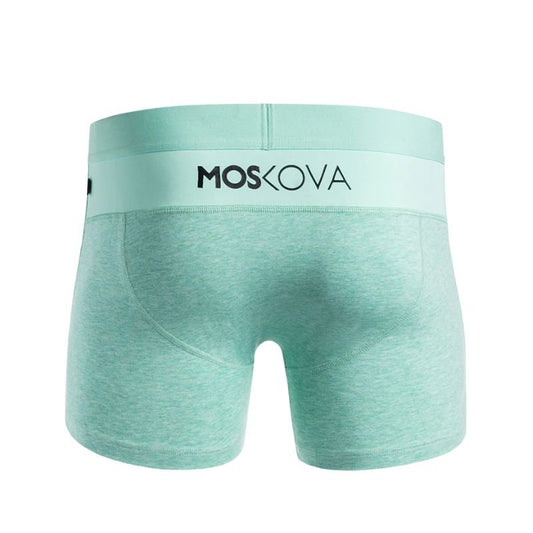

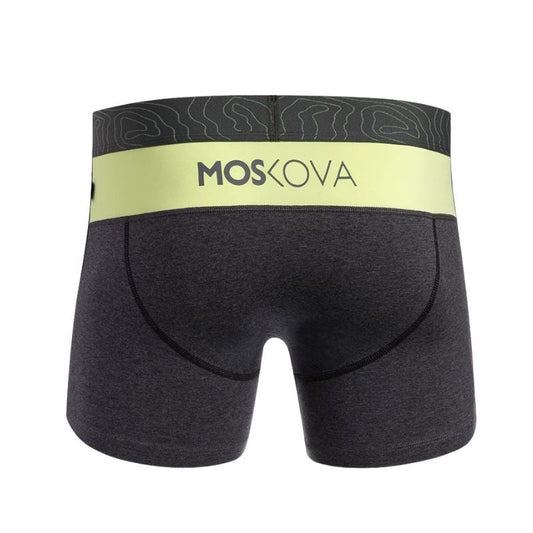

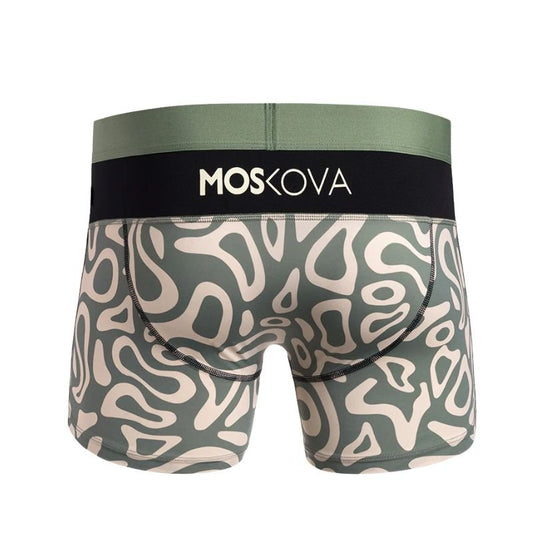

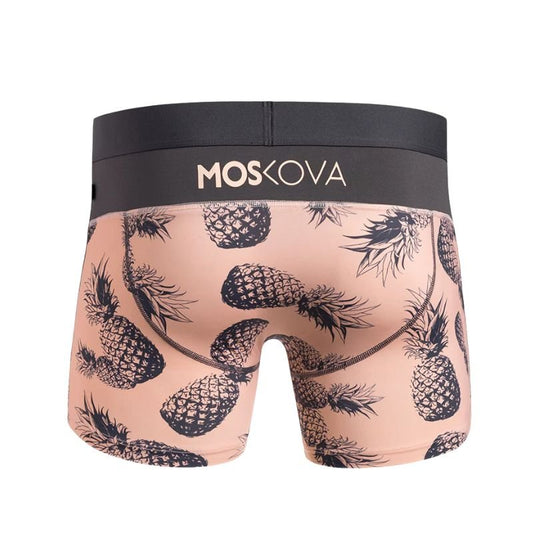





![HawaiianSouthShore TWIN BOARD Made in Hawaii S-2XL White - CLOTHING - [Surfboards Surf Shop and Clothing Boutique Honolulu]](http://www.hawaiiansouthshore.com/cdn/shop/files/hawaiiansouthshore-hawaiiansouthshore-twin-board-made-in-hawaii-s-2xl-white-clothing-s-43144282865976.jpg?v=1754444638&width=533)









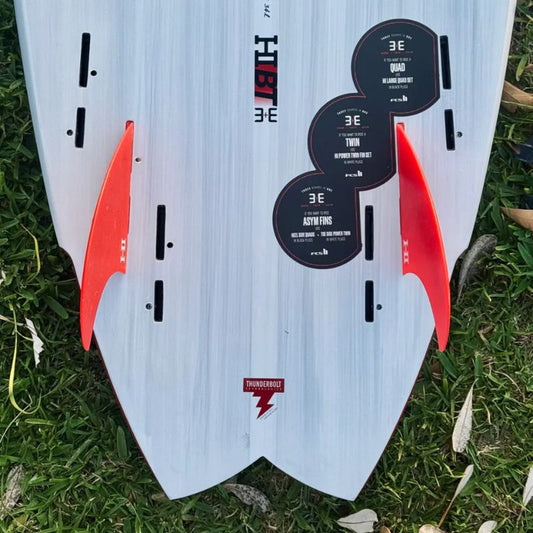


![Vertra Spray Coconut Vanilla SPF50 - SKIN CARE - [Surfboards Surf Shop and Clothing Boutique Honolulu]](http://www.hawaiiansouthshore.com/cdn/shop/files/vertra-vertra-spray-coconut-vanilla-spf50-skin-care-default-title-47242182558008.png?v=1740103049&width=533)
![Vertra Spray Coconut Vanilla SPF50 - SKIN CARE - [Surfboards Surf Shop and Clothing Boutique Honolulu]](http://www.hawaiiansouthshore.com/cdn/shop/files/vertra-vertra-spray-coconut-vanilla-spf50-skin-care-default-title-47242183082296.jpg?v=1728381396&width=533)

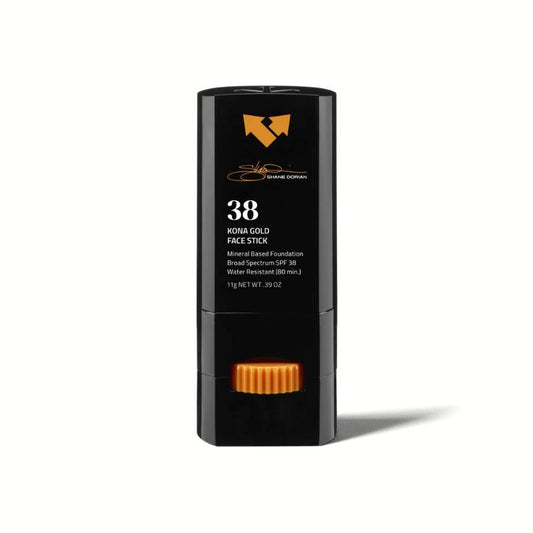
![Firewire BOSS UP (6'6-7'6) Futures - SHOP SURFBOARDS - [Surfboards Surf Shop and Clothing Boutique Honolulu]](http://www.hawaiiansouthshore.com/cdn/shop/files/firewire-firewire-boss-up-6-6-7-6-futures-shop-surfboards-ibolic-6-6-x-20-1-8-x-2-7-8-v39-5-46941089890616.jpg?v=1740110279&width=533)
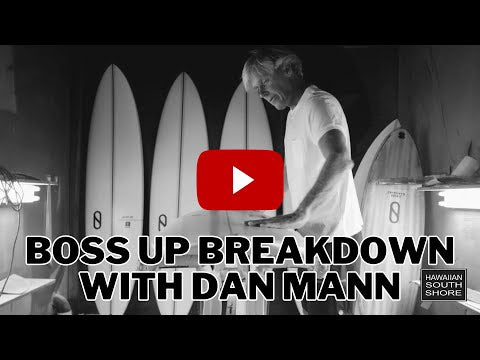


![Firewire REVO MAX (6'0-7'0) Twin Fin Futures Ibolic Volcanic - SHOP SURFBOARDS - [Surfboards Surf Shop and Clothing Boutique Honolulu]](http://www.hawaiiansouthshore.com/cdn/shop/files/FirewireREVOMAX_6_0-7_0_TwinFinFuturesIbolicVolcanic.jpg?v=1740110265&width=533)

![Firewire BOSS UP (6'6-7'6) Futures - SHOP SURFBOARDS - [Surfboards Surf Shop and Clothing Boutique Honolulu]](http://www.hawaiiansouthshore.com/cdn/shop/files/firewire-firewire-boss-up-6-6-7-6-futures-shop-surfboards-ibolic-6-6-x-20-1-8-x-2-7-8-v39-5-46941090316600.jpg?v=1740110261&width=533)
![FIREWIRE SWEET POTATO (5'2-6'4) Five Fin - SHOP SURFBOARDS - [Surfboards Surf Shop and Clothing Boutique Honolulu]](http://www.hawaiiansouthshore.com/cdn/shop/files/firewire-firewire-sweet-potato-5-2-6-4-five-fin-shop-surfboards-helium-2-5-2-x-21-7-16-x-2-5-16-v31-0-black-rail-46977556185400.jpg?v=1740110260&width=533)












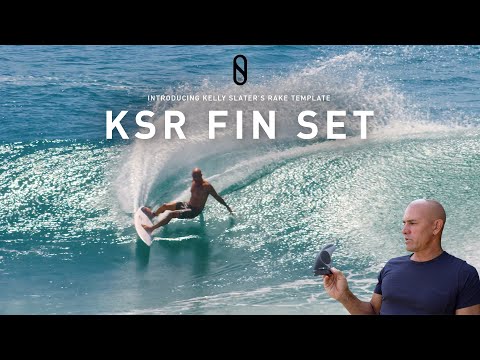


![FIREWIRE MASHUP (5'4-6'6) FUTURES Volcanic Tech White - SHOP SURFBOARDS - [Surfboards Surf Shop and Clothing Boutique Honolulu]](http://www.hawaiiansouthshore.com/cdn/shop/files/firewire-firewire-mashup-5-4-6-6-futures-volcanic-tech-white-shop-surfboards-5-4-x-19-9-16-x-2-7-16-v27-1-43149765312824.jpg?v=1740110300&width=533)

![Firewire MASHUP (5'2-6'6) Five Fin FUTURES Helium 2 Black Rails - SHOP SURFBOARDS - [Surfboards Surf Shop and Clothing Boutique Honolulu]](http://www.hawaiiansouthshore.com/cdn/shop/files/firewire-firewire-mashup-5-2-6-6-five-fin-futures-helium-2-black-rails-shop-surfboards-5-2-x-19-5-16-x-2-5-16-v24-9-44490571776312.jpg?v=1740110300&width=533)
